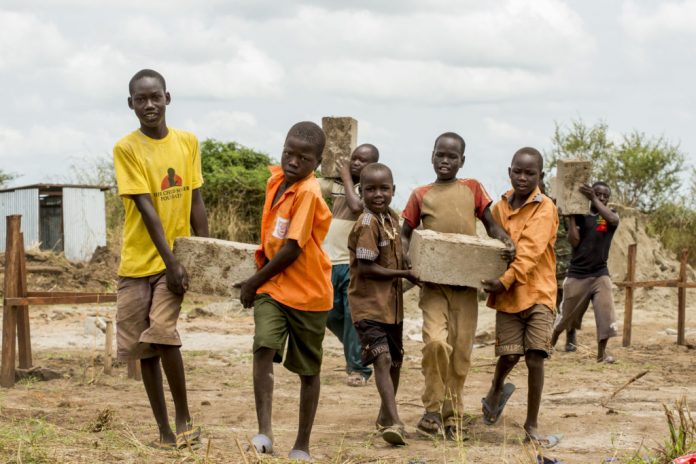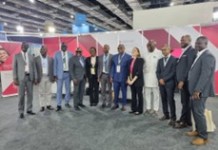=COMMENTARY=
Changing landscape of political conflict and social antagonisms in the country has thrown up challenges that exceed the scope of existing peace-building structures and thinking. This lacuna has exacerbated the divisions in the society that post-war peace arrangements were supposed to have erased.
Among others, as we prepare to meet and hang heads at Bintumani III, the urgent questions inviting reflection by the actors that will be on stage and the nation at large include the following:-
- Whose thinking is shaping the peace-building agenda in the country?
- What are the conceptual, methodological and paradigmatic issues in the face of complex conflict, peace and security challenges?
- Where is the national effort in rethinking the research and policy agenda in the evolving peace-building terrain?
- Are such national efforts contributing to new knowledge and practice in nation peace-building?
- What, if anything, is new and/or transformational in these efforts?
- What are the relationships between these national efforts and international engagements on this peace-building terrain?
- If concerted efforts are not at the heart of this terrain, what should be done to enable collective leadership in peace-building thinking and practice?
As such, the key points we should look forward to coming out of the Bintumani III Peace dialogue are:
- The new challenges in the current national security terrain threatening established frameworks, existing capacity and approaches of both the government and the people.
- A paradigm shift in the approach to peace building required to unlock the potential of political economic, social and cultural actors to overcome the challenges to building and sustaining peace.
- Conflict and crisis provide the opportunity for a re-organization of the status quo, and for pivotal moments of potential change and creative innovation that can drastically alter the power and justice dynamics of the country.
- There is a range of actors – from the local to the international, the state to the non-state; from those traditionally involved in peace and security issues and also to those only now coming into the conversation – that are part of, or work in concert with, the peace and security architecture. Ways of working in complementarity with all of these actors need to be identified and put in place.
- It is important to understand that peace-building as the entire range of interventions intends to maintain, restore and /or sustain peace and security within a given context. While often-used to refer specifically to post-conflict activities, peace-building should also include any activities associated with conflict prevention, peace-keeping and peace-making.
- Peace-building models and processes need to take into account the range of understandings, priorities and concerns generally contained under the umbrella in terms of peace and security.
- Strategies need to take into account the non-military and non-violent aspects of conflict, and broader human security considerations.
- There is need to integrate communities of practice, communities of policy and communities of thought in developing peace-building strategies, processes and interventions, drawing from local examples to develop a toolbox of approaches to peace-building.
- The nature of the state needs to be revisited and new models addressing the social contract between state and citizen developed for the twenty-first century, taking into account citizen aspirations, realities, priorities and citizen-led processes.
- Issues of social and economic justice need to be central.
- Citizens have as much to contribute to the discourses on peace-building as they have to benefit from them. Strategies and approaches developed need to be documented, theorized and made available to the national community.
- As critical, as Marcella Samba Sesay of CGG notes, the document emerging from the Bintumani III conference should like important human development documents that have been previously worked out not be left to gather dust on the shelves but vigorously, systematically and diligently implemented for the benefit of this and yet unborn generations of Sierra Leoneans.






